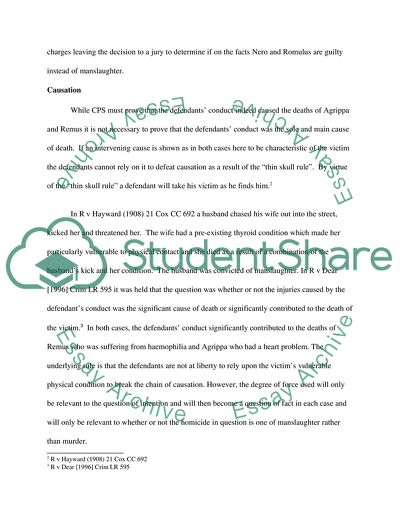Cite this document
(Remus and Agrippas Deaths Case Study Example | Topics and Well Written Essays - 2369 words, n.d.)
Remus and Agrippas Deaths Case Study Example | Topics and Well Written Essays - 2369 words. Retrieved from https://studentshare.org/law/1708444-criminal-law
Remus and Agrippas Deaths Case Study Example | Topics and Well Written Essays - 2369 words. Retrieved from https://studentshare.org/law/1708444-criminal-law
(Remus and Agrippas Deaths Case Study Example | Topics and Well Written Essays - 2369 Words)
Remus and Agrippas Deaths Case Study Example | Topics and Well Written Essays - 2369 Words. https://studentshare.org/law/1708444-criminal-law.
Remus and Agrippas Deaths Case Study Example | Topics and Well Written Essays - 2369 Words. https://studentshare.org/law/1708444-criminal-law.
“Remus and Agrippas Deaths Case Study Example | Topics and Well Written Essays - 2369 Words”, n.d. https://studentshare.org/law/1708444-criminal-law.


